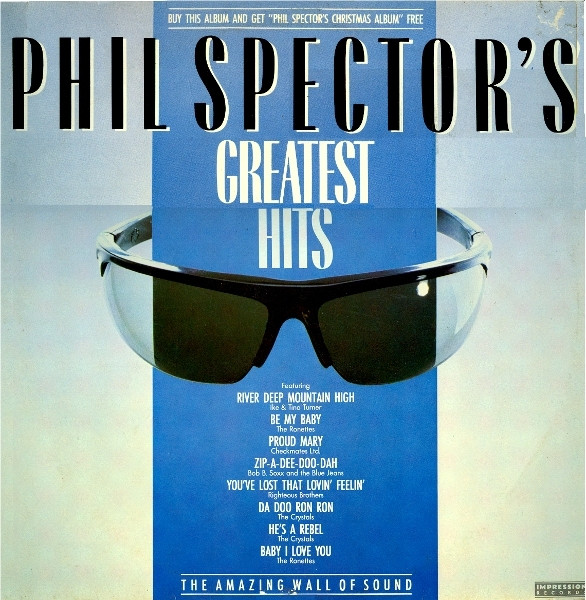Dr. Feelgood: Down By The Jetty - 1975
It is amazing to think that this seminal breakneck r'n'b (in its essential rock sense) album was released at the beginning of 1975 when glam rock had only just fizzled out and prog rock was all around. Punk had not even been conceived of, or indeed any backlash against established rock genres.
Pub rock had been around in the form of Brinsley Schwarz and Graham Parker was beginning to get himself heard, as would be the soon to be formed Eddie & The Hot Rods, but it was Dr. Feelgood who really seemed to take off with the public.
As a Mott The Hoople/Bowie/Roxy Music loving teenager, I remember being initially sceptical when these disturbingly (and comparatively) short-haired, down-dressed oiks from Canvey Island, Essex came on the scene with their mid-sixties r'n'b, fast paced, short, sharp shock music. For a short while, I didn't buy into it. Then, all of a sudden, I did. The energy, excitement and back to basics attitude suddenly clicked in my brain and provided my first experience of the buzz that punk would give me just over a year later.
These dodgy Essex geezers had the same sort of appeal as The Ramones would nurture a year later. The music's brevity and sheer speedy power was similar too, although the Feelgoods' material was steeped in the blues rock of the mid sixties, with several covers included on their albums and in their stormtrooping live setThe songs are all in a similar vein - mostly around two and a half to three and a half minutes in length, full of pacy, metronomic drumming, rumbling bass and stabbing blues guitar. The vocals were less contrived than those of Mick Jagger (The Stones' first album was a big influence on this one) and are grittier than Eric Burdon's of The Animals.
Highlights are the toe-tapping opener, She Does It Right; the John Lee Hooker-Animals cover in Boom Boom; the staccato riffs and throbbing bass line of Roxette and the frantic yet catchy bluesy romp of All Through The City. So many bands were influenced by both the group's music and their attitude. The importance of this album cannot be overstated.
It is possibly the UK's first pre-punk, punk album, if you know what I mean. The retro nature of the material, however, means that can't be considered as musically ground-breaking, but in terms of providing a cultural sea-change, it was right at the forefront. With regard to the sound quality, either the 2006 or 2012 remasters are simply superb, with a pure speaker-shaking, big, bassy mono coming straight out from the centre of your speakers. Never mind The Beatles In Mono, this is one of the best mono recordings around.










